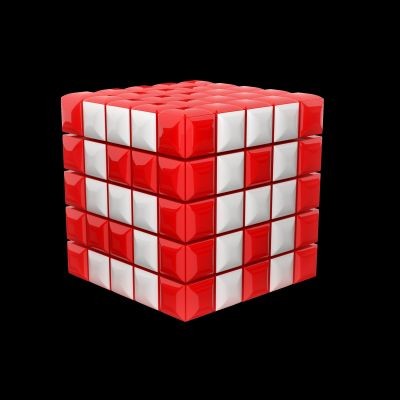Chemistry 101: Atoms
This is a chemistry 101 video on atoms: What are atoms? The world is made of 92 different kinds of atoms.
Subscribe to watch more online chemistry courses & science videos:
http://www.youtube.com/channel..../UCiX8pAYWBppIbtUZTf
About Atomic School:
Atomic School supports the teaching of Atomic Theory to primary school & science students .
We provide lesson plans, hands-on classroom resources, demonstration equipment, quizzes and a Teacher's Manual to primary school teachers. Animated videos that clearly explain the scientific ideas supports learning by both teachers and students. As a teacher, you don't have to look anywhere else to implement this program.
Our work has been verified by science education researchers at the University of Southern Queensland, Dr Jenny Donovan and Dr Carole Haeusler, who confirm that primary students are capable of learning much more complex scientific concepts than previously thought, and crucially, that they love it. Students run to class!
The program has been trialed in Australian schools as well as high schools in the Philippines, Iran and India. It is conducted as holiday workshops at the Australian Nuclear Science and Technology Organisation, the Queensland Museum as well as the World Science Festival.
It has attracted wide media interest, including TV, radio and print, and the research data has been presented at prestigious American Education Research Association and Australian Science Education Research Association conferences.
Atomic Theory underlies all the other sciences- genetics, electronics, nanotechnology, engineering and astronomy- so an early understanding will set them up for a more successful learning sequence for all their science subjects, and support their mastery of mathematics as well. We also have extension programs that cover Biology, Physics and Astronomy to an equal depth.
About Ian Stuart (Email: ian.douglas.stuart@gmail.com):
The founder of Atomic School, Ian Stuart, taught Chemistry and Physics for 25 years at senior levels before he realized that his 8-year old son, Tom, could understand Atomic Theory at a much deeper level than he expected. After visiting Tom's class at school, he discovered that his peers could also grasp the abstract scientific concepts, as well as apply it usefully to the real world.
Ian then developed a program to teach the advanced concepts of high school Chemistry, Physics and Biology to students 10 years younger than they normally would. He found that this engaged their interest in modern science early, and sustained it through to high school and beyond. It also sets them up for future success in their academic and career paths.
Ian has a Bachelor's Degree in Chemistry from the University of Queensland and a Master's degree in Electrochemistry from the University of Melbourne.
Connect with Atomic School on social media:
http://facebook.com/AtomicSchool
http://twitter.com/AtomicSchools
http://instagram.com/AtomicSchools
Video transcript:
From a distance, a beach looks like one big smooth thing. But if we look at it through a telescope, we can magnify it and make it look bigger. Now we can see that the beach is not smooth at all, and it's not a single thing. It's made up of a lot of little sand grains. The beach is nothing but all the little sand grains put together. 12. A beach can be made of a thousand TRILLION sand grains.
It's an example of a big thing being made of lots of little things. We could say that the sand grains are the basic building blocks of the beach. How about a forest made of lots of trees? Here's a forest up close, and here's a forest on a distant mountain. Is this Lego parrot just one thing?
We can say that bricks are the basic building blocks of the hut, or that sand grains are the basic building blocks of the beach. But are bricks or sand grains themselves made of anything smaller?
To answer this question we can magnify a sand grain to see what it's made of. Scientists magnify really small things using a microscope, which will make the sand grain look bigger. The most powerful kind is called an electron microscope which can make things look millions of times bigger, so let's use that. Our scientist puts some sand under the microscope and now she looks through the top to see the magnified sand. Here's what she sees when she zooms in. This is what she sees, and now she is zooming in more. Magnifying the sand grain a million times would let her see the sand's building blocks.
Wow, look at those. These marble-shaped particles are the building blocks of the sand. They're called atoms. The word atom means uncuttable, and if you imagine we had a very sharp knife, we could cut the sand into smaller and smaller pieces, but we couldn't make it smaller than an atom because this is the sand's smallest piece. A tiny sand grain is made of 10 million, TRILLION atoms





















